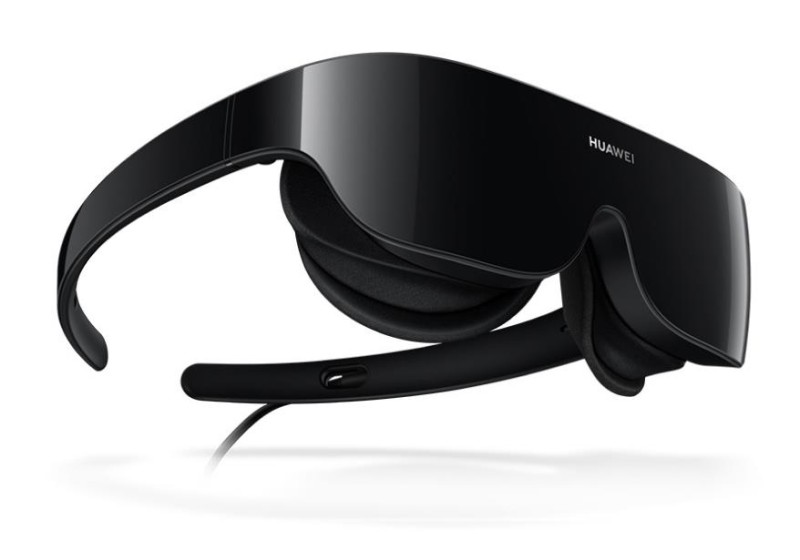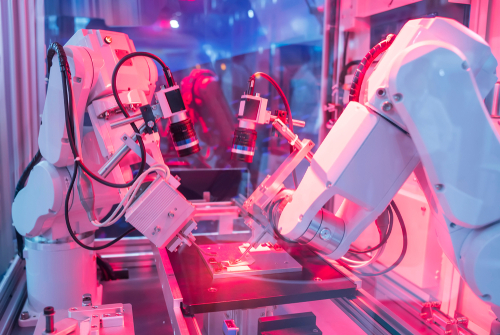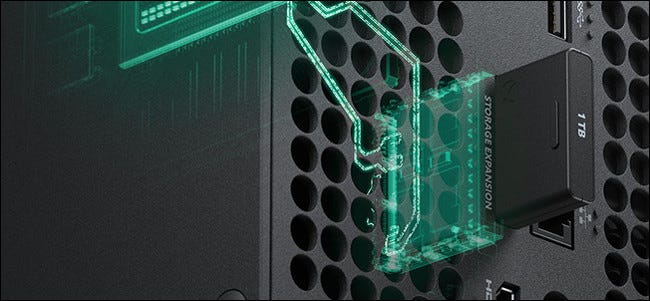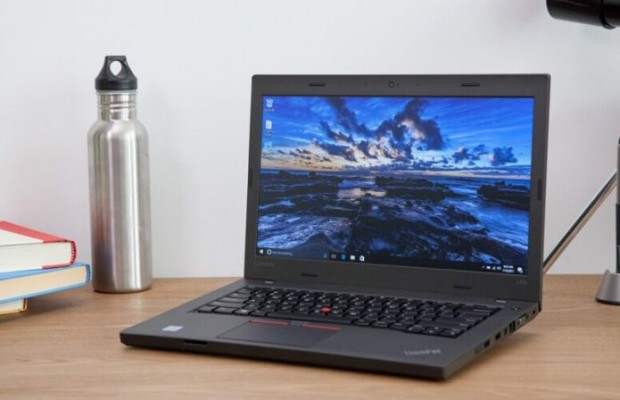Today, we are thrilled to announce the O3DE Foundation and that Huawei is participating as one of its founding Premier Members.
O3DE, a new open source foundation being formed under the Linux Foundation, has a mission to “make an open source, fully-featured, high-fidelity, realtime 3D engine for building games and simulations, available to every industry.”

At Huawei, 3D graphics are critical for each of our businesses, customers, and partners. And, we believe that bringing open source to 3D in each of these areas will result in many tremendous benefits for everyone. But, we are especially excited about one opportunity that comes when certain industries start to embrace open source deeply. I refer to this opportunity as “Open Source Industry Crossover.”
To explain this, let me first provide some background both for Huawei and for the industry at large.
3D Graphics at Huawei
At Huawei, we distribute and use 3D technologies for billions of people around the world across a diverse range of businesses and solutions. For example:
- We have over 700 million active Huawei consumer devices around the world with 3D capabilities. For instance, people play 3D games on their Huawei phones, tablets, and computers; engage with virtual reality on Huawei VR Glass; and interact with 3D maps and interfaces on Huawei HI Smart Car platforms.

- Huawei Cloud offers a rich set of cloud 3D rendering services and powers many of the world’s leading online games.

- Video streaming is currently the largest driver of traffic on 4G and 5G networks, but we expect 3D AR/VR to consume a huge portion of future networks over the next decade. As a result, Huawei is investing a lot of R&D for how to address future network requirements, including regarding 5.5G to support even lower latency and higher upstream/downstream bandwidth.
- Huawei Cloud offers full media and entertainment services for creating and streaming online media. Many firms use these services to render and broadcast 3D assets around the world.
Open Source in the 3D Graphics Industry
As we can see just by using Huawei as an example, 3D graphics span the device, entertainment, media, network, and cloud industries, as well as many others. These industries are certainly not strangers to open source. Indeed, some have even been early adopters of a variety of open source technologies.
However, the key technologies for creating 3D assets themselves—especially around 3D engines—have pretty much all been proprietary and limited to a few choices. This in itself is not a problem per se—3D technologies have certainly advanced tremendously over the years.
However, as we can also see by using Huawei as an example, 3D graphics are growing from being a niche technology for certain limited (but high profile) industries to something fundamental for digital transformation. This means that 3D technology adoption needs to grow significantly bigger and more diverse than it currently already is.
This is where open source can help and why the O3DE Foundation is such an exciting initiative.
Open Source Industry Crossover
There are millions of open source projects. But, over the years, a few select ones stand out for the way they have shaped and impacted entire industries. When these key open source projects have such a large impact, they do so not just on the basis of monetization or adoption of the open source technologies themselves. Rather, they enable the crossover of technologies and capabilities from one domain to another. In other words, they enable “Open Source Industry Crossover.”
For example:
- Linux is arguably the largest and most successful open source project. But, its success as a datacenter operating system came not simply because people were substituting proprietary Unix with open source Linux. Rather, it was because businesses could migrate from specialized, expensive CPU’s like SPARC to commodity, desktop CPU’s built on x86 while they deployed Linux. In other words, Linux enabled the much larger consumer and business computer market—along with its many scale efficiencies—to cross over into the data center, catalyzing the entire computing industry
- Kubernetes is arguably the most popular open source cloud technology today. In itself, Kubernetes is just a technology for orchestrating containers and containerized applications. This is important, but certainly not the sort of thing that transforms industries.

But, talk to any enterprise that has successfully adopted Kubernetes, and they will tell you that their biggest benefit was undergoing an associated transformation for how to build and operate cloud-native applications and businesses.
This transformation happens in 2 ways: Developers and Operators cross over into each other’s domains around DevOps, and technology and business owners cross over into each other’s domains around rapid experimentation. It is enabling this cross over between developers and operators, between technology and business that makes Kubernetes so successful
- As a counter-example, consider MySQL, MariaDB, PostgreSQL, and a host of other successful open source, relational databases. Relational databases are one of the most mature and most critical kinds of software and are foundational for how most businesses operate.
Open source has made relational databases much more accessible to millions of developers. Many internet-scale businesses can only affordably operate because they use open source databases without a licensing fee.
But, open source relational databases have not had nearly the industry impact that Linux or Kubernetes do because they do not enable any fundamental industry cross-over surrounding relational databases. That is not to say that open source relational databases are not tremendously valuable—just that the users, ecosystems, and industries around relational databases have not fundamentally changed or crossed over as a result of open source databases
3D is Ripe for Open Source Industry Crossover
So, what kind of impact can we expect from open source 3D generally or O3DE and open source 3D engines specifically? Will they just offer an alternative to existing, proprietary 3D technologies, or will they do more?
3D is ripe for a massive open source industry crossover and should expect to see outsized impact. Consider:
- 3D enables a truly realistic, visceral digital transformation. While today’s 3D technologies have largely been created and led by the gaming and entertainment industries, tomorrow’s adoption of 3D will be pervasive across businesses. In the not-distant future, everyone from business analysts to factory workers to farmers to healthcare workers will work with digital, 3D technologies and interfaces
- At Huawei, as we work on 3D across different technologies from phones to cars, from cloud gaming to media rendering, from AR/VR to 5.5G network optimizations, we often need to work in silos across different technologies, tools, and platforms. An open source 3D engine will allow our teams to work together by tailoring 3D tools to meet their own respective needs while simultaneously collaborating across shared technologies.
These kinds of industry cross-overs around 3D will only come from open source. Open source uniquely enables people to adapt and improve technologies and processes to suit their own industries and needs.
Today’s 3D technologies are great for the existing industries that are using them. But, for 3D to evolve to become truly pervasive, it needs open source to enable it to adapt, grow, and cross over into new industries. And, that is the promise of O3DE.
O3DE, The Community, and Huawei
At Huawei, our participation in O3DE will center on the two industry crossover opportunities I highlighted for the 3D industry:
- We will work to make open source 3D useful as a platform across all our different lines of businesses and technologies
- We will work to advance open source 3D to enable broad digital transformation
Along the way, we expect to see many of the typical benefits we reap from participating in numerous other open source projects, such as community collaboration, developer innovation, and ecosystem growth.
We welcome you to join us in O3DE, and we look forward to collaborating with everyone around open source 3D!
Article Source: HuaWei
Article Source: HuaWei
Disclaimer: Any views and/or opinions expressed in this post by individual authors or contributors are their personal views and/or opinions and do not necessarily reflect the views and/or opinions of Huawei Technologies.








